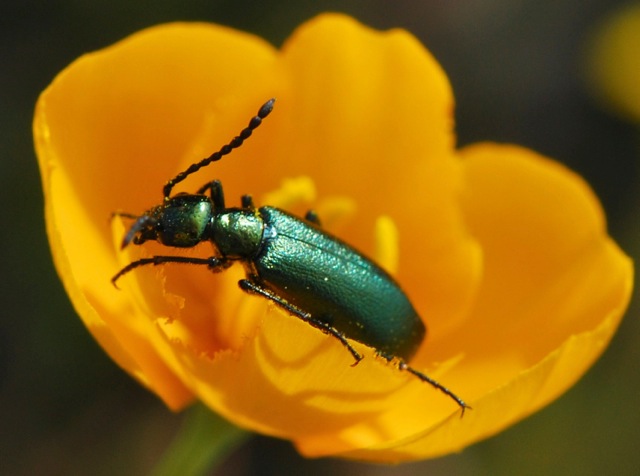Pollinators: Keeping Company with Flowers

Pollinators: Keeping Company with Flowers
February 2 - May 7, 2023
Explore the relationship between flowers and pollinators through close-up photography. More than 50 photographs of pollinators in wild and garden settings vividly portray a glimpse into the relationship between flowers and their many kinds of pollinators. Discover a diversity of pollinators, the various processes of pollination, the needs of these pollinators and the obstacles their populations are facing.
A pollinator is an animal that moves pollen from one flower to another. Pollinators include bees, flies, butterflies, beetles, bats, moths, hummingbirds and wasps. These animals gather pollen or nectar from flowers as food for themselves or their young, and in so doing inadvertently transfer pollen from plant to plant.
As pollinators go about their work of gathering protein-rich pollen or sugar-packed nectar from a flower, loose grains of pollen stick to their bodies. Pollen is effectively captured by special hairs that can line a pollinator’s legs, head or the underside of their abdomen. When these animals move from flower to flower, some of the loose grains of pollen are transferred from flower to flower as well, setting the stage for potentially successful pollination.
Pollinators are essential to the reproduction of many flowering plants. Healthy viable populations of pollinators are critical to the ecology of all ecosystems. They are also important to agriculture and home gardens. The health of our lives, landscapes and economy are interwoven with the health of pollinators.
Pollinators: Keeping Company with Flowers is a traveling exhibition from Exhibit Envoy developed by Jennifer Jewell and John Whittlesey.
Photo above: Green metallic beetle eating pollen in a California poppy. Photo copyright John Whittlesey.


